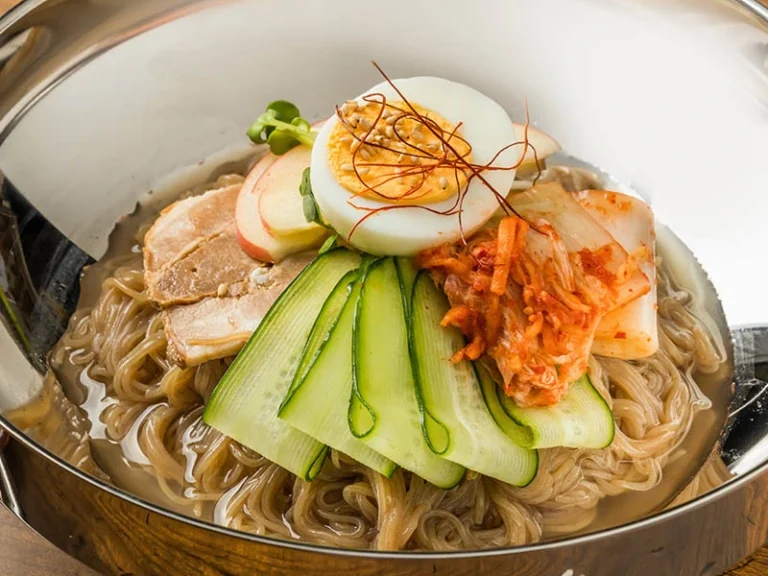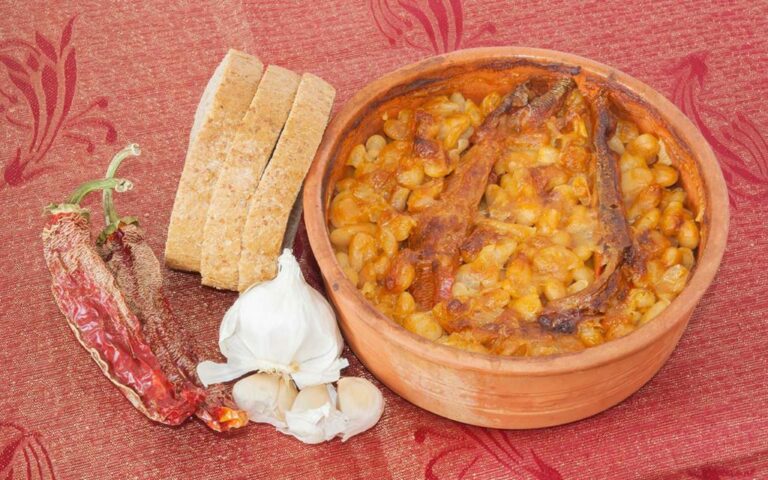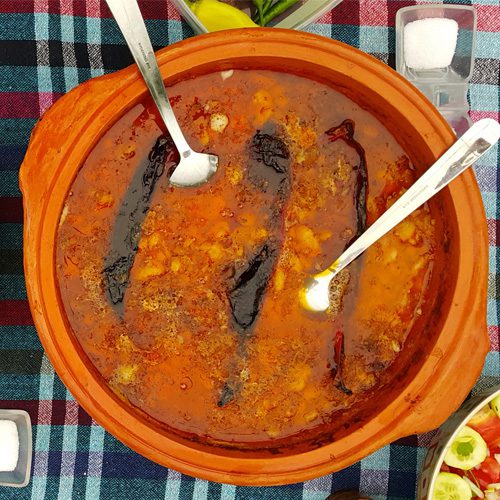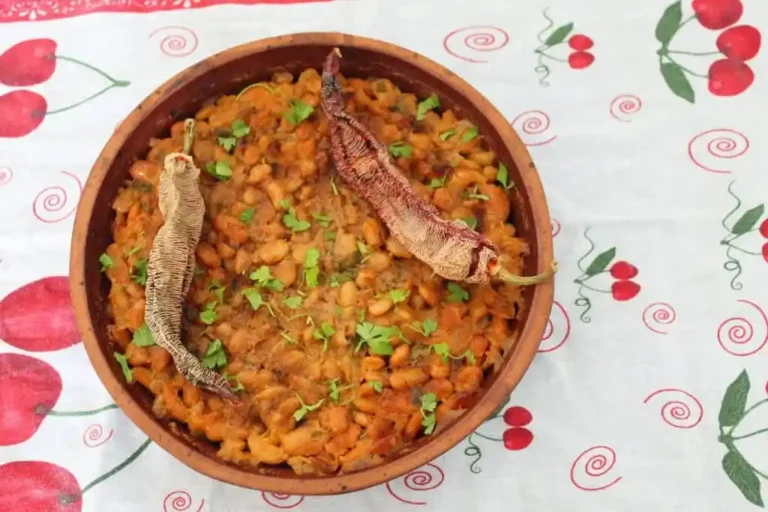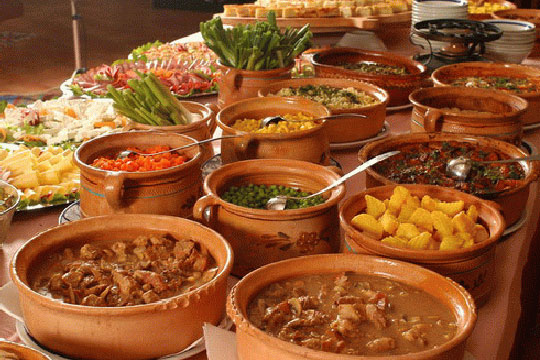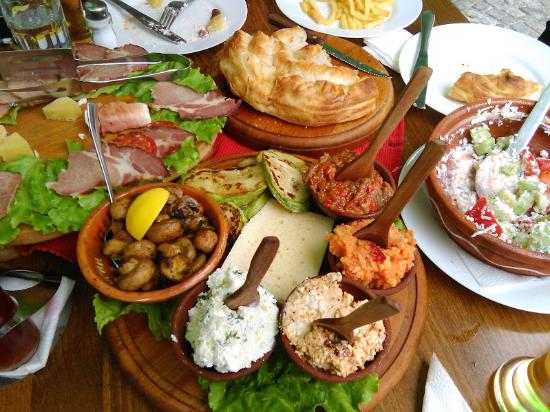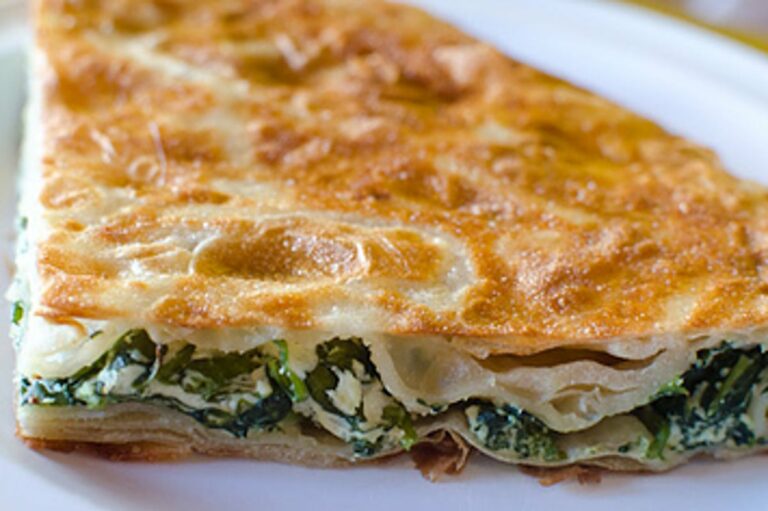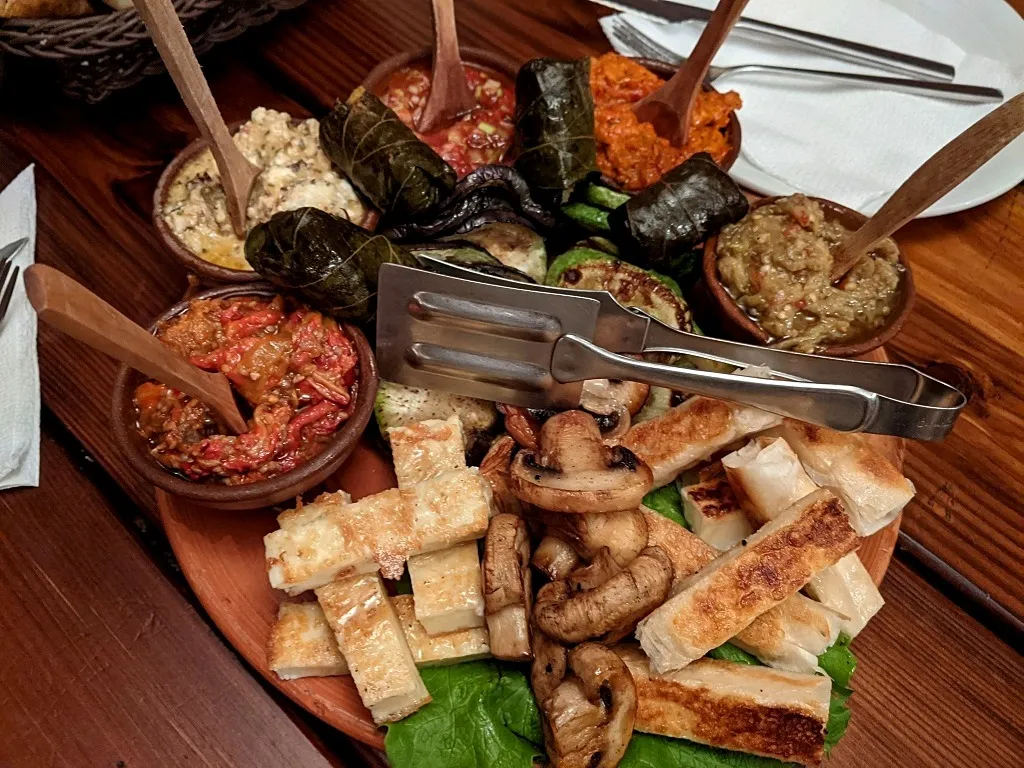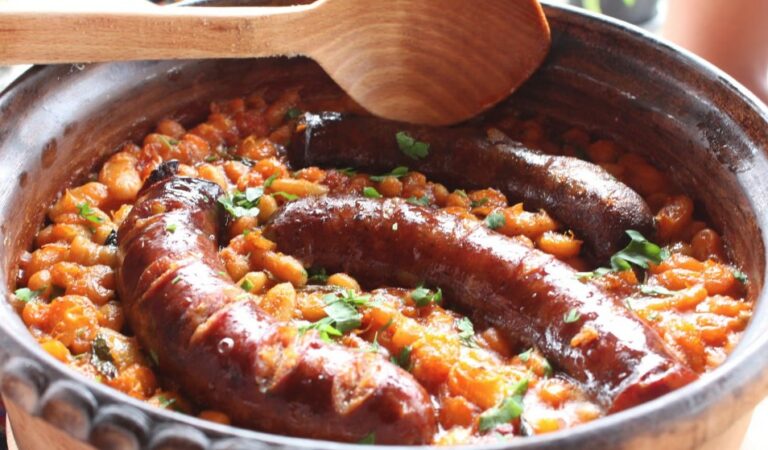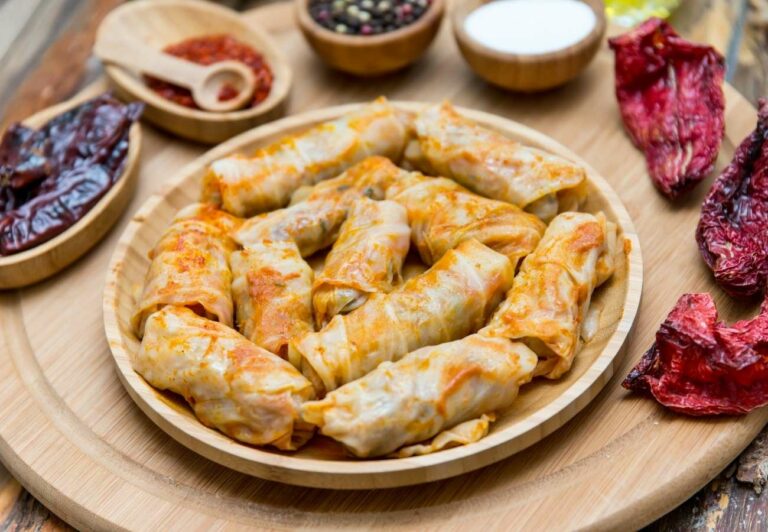Introduction: North Korean Cuisine
North Korean cuisine is a reflection of the country’s geography, climate, and history. Due to its location, North Korean cuisine is heavily influenced by Chinese and Russian cooking styles, and it also has its unique cooking techniques. The cuisine is characterized by its simplicity, with most dishes made with vegetables, rice, and meat as the primary ingredients. North Korean cuisine is also known for its use of fermented foods, which provide a unique flavor to the dishes.
Historical Overview of Cooking Techniques in North Korea
North Korean cuisine has a long history that dates back to the pre-modern era. The cuisine has undergone several changes over the years, with new cooking techniques being developed and adopted. During the Joseon Dynasty (1392-1910), the country’s cuisine became more sophisticated, with the use of various herbs and spices becoming more prevalent. Later, during the Japanese occupation (1910-1945), the country’s cuisine underwent significant changes, with Japanese cooking techniques being introduced.
Fermentation: A Pivotal Technique in North Korean Cuisine
Fermentation is a crucial technique in North Korean cuisine, and it is used in many dishes. Fermentation is a natural process that involves the breakdown of sugars into alcohol and acid by microorganisms. North Koreans mainly ferment soybeans, wheat, and vegetables to create a unique flavor in their dishes. One of the most popular fermented dishes in North Korea is kimchi, a spicy and sour dish made with fermented cabbage, onions, garlic, and chili powder. North Korean cuisine also uses fermented sauces, such as jang, which is made from soybeans, to enhance the flavor of their dishes.
Sodium Reduction: A Key Strategy for North Korean Health
North Korean cuisine is known for its low sodium content. The country’s health ministry has implemented strict regulations to ensure that the salt content in the dishes does not exceed the recommended amount. This is because excessive salt consumption is associated with several health problems, including high blood pressure and heart disease. North Koreans use alternative seasonings, such as garlic, ginger, and scallions, to enhance the flavor of their dishes while keeping their sodium intake low.
Unconventional Preparation Methods in North Korean Cuisine
North Korean cuisine uses some unconventional cooking techniques that are not common in other parts of the world. One of these techniques is the use of hot stones to cook food. In North Korea, hot stones are heated over a fire and then placed in a pot of water or soup to cook the food. This method of cooking ensures that the food is cooked evenly and retains its flavor. Another unconventional technique is the use of pine needles to flavor meat. North Koreans believe that pine needles give the meat a unique flavor and also have health benefits.
Conclusion: The Unique Techniques of North Korean Cooking
North Korean cuisine is known for its unique cooking techniques, such as fermentation, hot stone cooking, and the use of pine needles. These techniques give North Korean dishes a distinct flavor and character that cannot be found in other cuisines. The use of low sodium content is also a key strategy to ensure the health of North Koreans. North Korean cuisine is a reflection of the country’s history, geography, and culture, making it a fascinating subject for food enthusiasts and historians alike.

